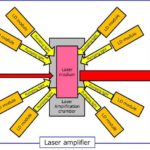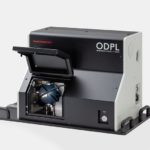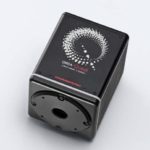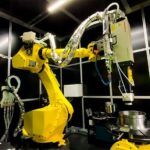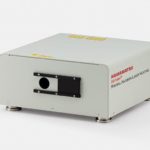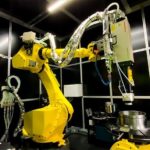
Hamamatsu Photonics has developed laser thermal processing equipment capable of operating with a high degree of freedom while emitting continuous to pulsed irradiation with a minimum pulse width of 4 milliseconds
At Hamamatsu Photonics we have developed laser thermal processing equipment for laser quenching that combines a direct diode laser, (DDL) that we newly designed and developed based on our unique laser diode (LD) technology, with a 6-axis robotic arm capable Mehr
